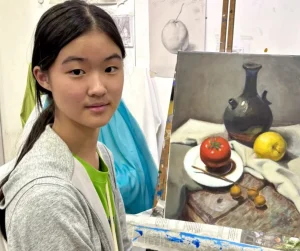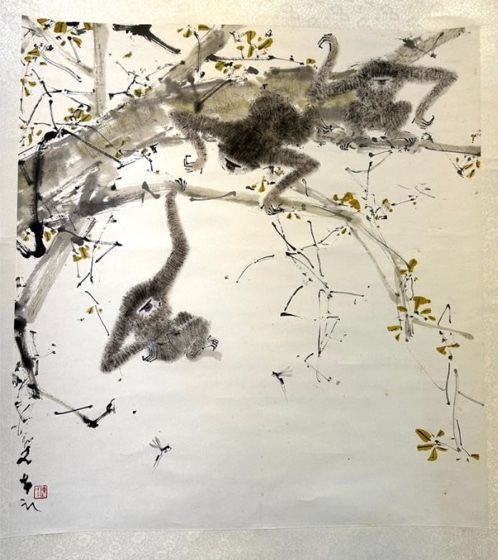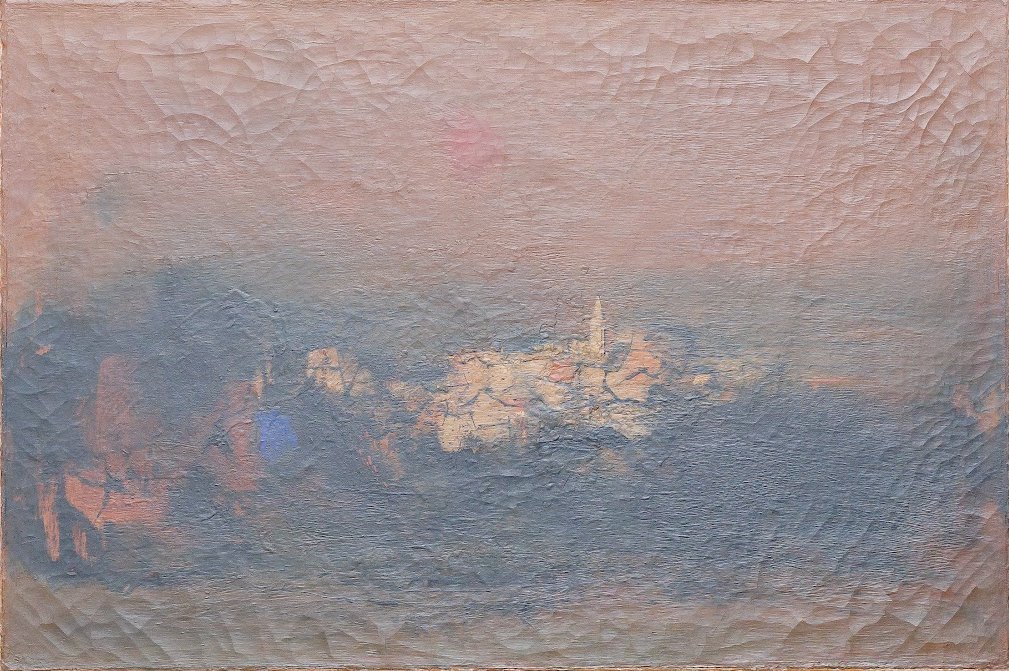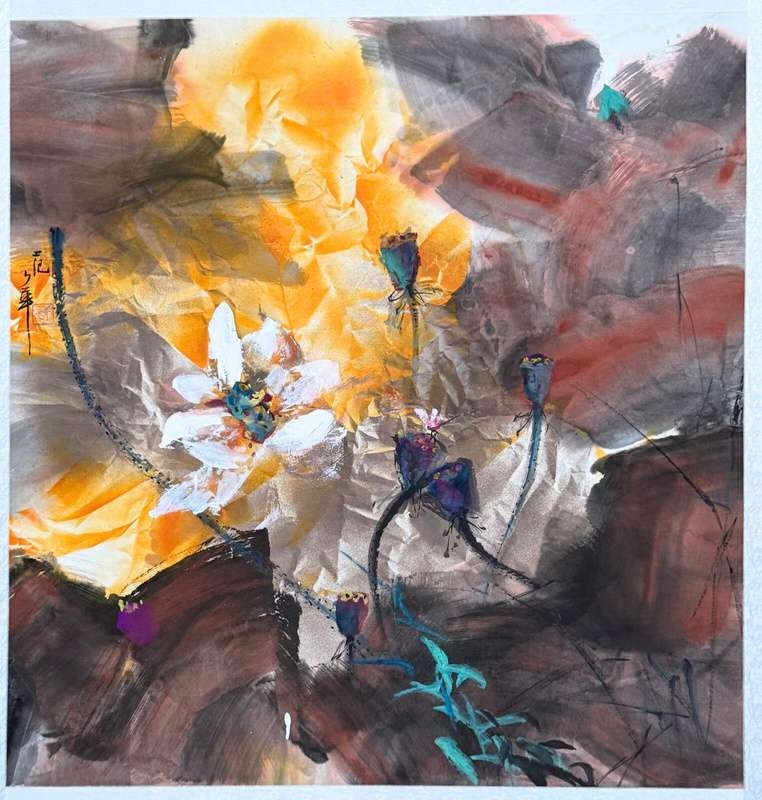专业成人油画课程就在视觉艺术中心
专业成人油画课程就在视觉艺术中心 老师课堂示范作品 成人学习油画既是一次艺术探索,也能通过其独特的材料特性和表现力实现多种实用价值。 新加坡视觉艺术中心,针对青少年及成人开办的专业油画课程内容包括:油画静物写生、油画风景、油画肖像写生、油画人体写生。抽象油画、油画主题创作。 老师在课堂做示范 一、成人如何系统学习油画? 1,工具与材料认知 了解油画颜料的特性(覆盖力强、干燥慢)、色系分类(钛白、镉红、群青等基础色),以及透明色与不透明色的区别。 画笔,猪鬃笔(适合厚涂)、尼龙笔(细节)、扇形笔(柔化边缘),掌握不同笔触效果。 画布与基底,亚麻布、棉布的纹理选择 媒介剂:松节油(稀释颜料)、亚麻仁油、上光油的使用方法。 学生穿做的油画作品 学习基础理论 色彩理论:互补色、冷暖对比、色调统一性。 光影与结构:通过素描基础理解物体的体积感。 学员正在创作她的写实油画 学习油画绘画的基础训练 静物写生:水果、陶罐等简单物体,练习色彩调和与笔触控制。 风景写生:天空、树木、水面的大色块概括,学习空间透视。 质感与细节 金属反光:通过高对比的明暗与冷暖和色表现。 布料褶皱:厚涂与薄涂结合,强调光影转折。 学生创作的油画风景作品 油画有写实油画:超细节刻画。 表现主义油画:强调情绪与笔触张力。抽象油画:通过色彩与形状表达概念,创作与个性化表现,系列主题创作 老师课堂上示范的肖像油画作品 INTERESTED? Join us and Book for an Art Course / Art Class Phone-alt Call Us 6255 0711 WhatsApp WhatsApp Us 6255 0711 Email Email us info@visualartscentre.sg Our Location (视觉艺术中心画室) …





















